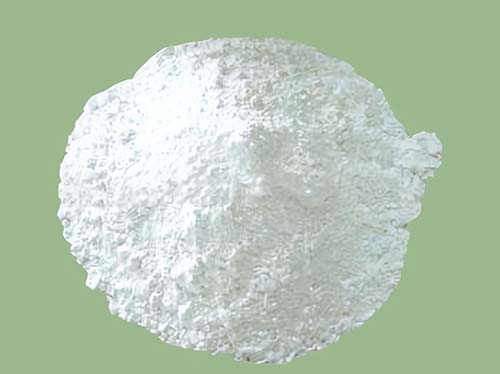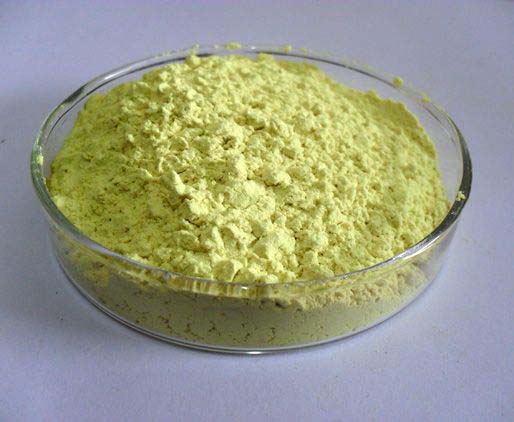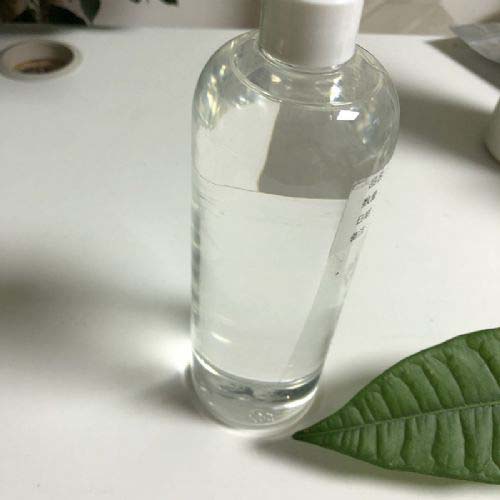Active Pharmaceutical Ingredients (API), popularly speaking, are the raw materials of medicines, only pharmaceutical raw materials are processed into pharmaceutical preparations , can they become medicines available for clinical use, so drugs we usually eat are the finished drugs through processing. Active Pharmaceutical Ingredients based on its sources can be divided into two major categories ,including chemical synthetic drugs and natural chemical drugs. Chemical synthetic drugs can be divided into organic synthetic drugs and inorganic synthetic drugs. Inorganic synthetic drugs are inorganic compounds ( very few is element), such as aluminum hydroxide, magnesium trisilicate which are used for the treatment of gastric and duodenal ulcers ; organic synthetic drugs are mainly composed of drugs made by basic organic chemical raw materials, through a series of organic chemical reactions (such as aspirin, chloramphenicol, caffeine, etc.). Natural chemical drugs ,based on its sources,can be divided into two categories including biochemical drugs and plant chemical drugs. Antibiotics are generally made by the microbial fermentation, which belongs to the biochemistry category. A variety of semi-synthetic antibiotics occurs in recent years,which are biosynthesis and chemical synthesis combining products.Among active Pharmaceutical Ingredients, the organic synthetic drugs varieties, yields and values have the largest proportion,which are the main pillars of the chemical and pharmaceutical industries. The quality of active Pharmaceutical Ingredients decides whether the formulation is good or bad , so its quality standards are very strict ,countries in the world have developed national pharmacopoeia standards and strict quality control methods for its widely used active Pharmaceutical ingredients.
Synthesis and Clinical implications of Melatonin
Melatonin is primarily secreted from the pineal gland. Melatonin is involved in synchronizing the sleep-wake cycle, blood pressure, and other circadian rhythms.
Jun 23,2022 APIBiological functions of Norepinephrine
Noradrenaline and adrenaline are catecholamines, which play important roles as neurotransmitters and hormones.
Jun 23,2022 APIApplication and Estrogenic activity of Equilin
Equilin is an equine estrogen, and is one of the components of commonly used pharmaceuticals for hormone replacement therapy in the United States.
Jun 23,2022 APINitration and reactivity of benzoin
Benzoyl is industrially oxidized under strong acid (nitric acid) conditions, and is quite stable under acidic conditions.
Jun 23,2022 APIThe biosynthesis of rutin
Rutin is widely found in nature and is almost contained in all of the Rutaceae and Sectaceae plants.
Jun 21,2022 APIBiological function and ?Metabolism of Vitamin D3
Vitamin D was discovered as an antirachitic factor and is the precursor of calcitriol, which is involved in calcium and bone homeostasis.
Jun 20,2022 APICopper Pyrithione
Copper pyrithione is known to have lower solubility in water than zinc pyrithione. Such low solubility would provide an extended period of antimicrobial activity for copper pyrithione relative to zinc
Jun 20,2022 APIPreparation of Hypophosphorous acid
Hypophosphorous acid is the starting product for the synthesis of organophosphorus compounds.
Jun 20,2022 APIBiological function and synthesis of Calcitriol
Calcitriol is a calciotropic hormone secreted by renal proximal tubular cells. It stimulates intestinal calcium absorption and bone mineralization.
Jun 17,2022 APIThe prevention or reduction of discoloration of sodium pyrithione
Sodium pyrithione [also called the sodium salt of 1-hydroxy-2-pyridinethione, sodium pyridine-2-thiol-N-oxide, or 2-pyridinethiol-1-oxide, Na salt] is also employed as a preservative in various cosmet
Jun 17,2022 API










